A lot of fans have become familiar with Narcos. The crime series from Netflix depicts the rise of Pablo Escobar, the Medellin Cartel, and the attempts of the Drug Enforcement Agency (DEA) to curb and, at times, partake in his dealings. The War on Drugs as it was then is a thought-provoking and gripping show, which leads us to this video game adaptation — Narcos: Rise of the Cartels. This is a turn-based strategy title in the vein of X-COM. Unfortunately, Narcos: Rise of the Cartels doesn’t depict the War on Drugs. Rather, it’s a “War on Duds,” as it mainly clashes with its own identity and the established mechanics of the genre. I’ll explain in detail in our official review.
The Story So Far
As mentioned, Narcos: Rise of the Cartels tries to emulate Netflix’s TV series. You can even play two separate campaigns, one for the DEA led by Steve Murphy and the other as the Narcos themselves led by one of El Patron’s lieutenants Primo.
You’ll even spot a few cutscenes or appearances by personalities such as Javier Peña. Chapters begin and end with a cinematic, with scenes from the show added in for good measure. But, that’s where the similarities end. Narcos: Rise of the Cartels lacks the drama, grit, and thrills that the show provides.
The campaigns’ presentations are fairly linear. Likewise, several missions, including their maps, are egregiously bland and repetitive. After a few hours of playing, I could count on one hand how many different environments I’ve seen. If you thought you’d be having a romp through the various locales in Colombia, well, guess again. You’d probably see the same shanty town, jungle, red-light district, or mansion area from time to time.
There are even areas where buildings and houses are just props, where doors and windows cannot be opened or broken into for tactical maneuvering. Combine this with character models that aren’t too striking and you’ll have some unremarkable moments while playing.
X-COM? More like Ex-COM
Seeing the same environments might’ve been forgivable if only Narcos: Rise of the Cartels had core gameplay mechanics that were engaging. Sadly, that’s also not the case. While many games have emulated X-COM‘s tried-and-true concepts over the years, Narcos: Rise of the Cartels fails spectacularly in this regard almost from the get-go.
Think of X-COM or any turn-based, tactical strategy game that you’ve ever played. Remember how player-controlled and AI-controlled squads took turns making their moves? That’s the same in Narcos: Rise of the Cartels, but with one major difference: you only control one character each turn. You move a character forward to shoot, the turn ends, the opponent moves a single character to shoot, you move yours again (maybe to heal this time), and so on. It’s the most boring game of chess.
There are even missions where AI opponents would trickle in, allowing you to shoot them at will. Alternatively, you can just wait it out to use the “rest” action to gain some HP, reload, and wait for them to move closer.
I found myself focusing on only a few characters each mission. Murphy’s shotgun had the “Sawed-off” perk. He could easily kill cartel members at close range followed by an additional bonus shot due to the “Chain Reaction” passive, so he’s the priority.
I’ve taken to calling the game “Murphy’s Law.” Just take a look at the short gameplay clip and imagine repeating this time and time again for every mission:
Third-person overwatch
No, I’m not talking about a third-person Overwatch game. I’m talking about a third-person “overwatch” mechanic. Narcos: Rise of the Cartels does provide a unique spin on this concept, along with regular attacks with firearms, by turning it into a slow-mo shooting mini-game where you can blast enemies in your sights.
Here, “overwatch” is called “counteract.” If you don’t use up all your action points with a character (or if you use certain skills), you gain a pip for your counteract ability. When the enemy moves within range, you can just unload on them. It might be the only break from the monotonous gameplay. I would go so far as to consider it one of Narcos: Rise of the Cartel‘s shining and nifty quirks.
Even then, it also has a problem that’s related to opaque information and tooltips. For instance, weapons will simply show you that they have a range of 1-3 bars. This doesn’t mean anything because the game doesn’t tell you the attack distance in hexes. Accuracy also has to be called into question because I’ve been shot at a few times by a submachine gun from a block away. Then, shooting with an assault rifle (which is supposed to have a higher range and accuracy) led to misses.
Targeting, line-of-sight, and the cover system also need to be addressed. You can see this in the example below. I can shoot three hostiles, including the ones that aren’t visible on my screen (signified by a red skull). What about the guy behind me? Nope, I need to use a move action to get closer just to take a shot.
You can also cause critical damage during your attack which leads to a kill shot. The problem with this is that you’re not necessarily certain when an attack would end up becoming a critical hit. Will a burst fire from an auto rifle at close range do the trick? It might on one occasion but it wouldn’t lead to a similar result in other cases.
Also, while you can continuously pump an enemy with lead during the counteract sequence, you can only do a limited amount of damage. Yes, during your turn, actively shooting someone in the face with a shotgun can instantly kill them. But, doing so as a counter-attack (also from close range) only removes a bit of health. It boggles the mind.
Squad up
Much like in other turn-based tactical games, you can recruit more characters to your roster. Narcos: Rise of the Cartels works in the same vein. Completing an early-game chapter lets you recruit up to ten policemen or agents for your team, although you can only bring in six at a time per mission.
Generic characters also have their unique perks depending on their class. The Spec Ops class wields a rifle that fires burst shots. One perk that you earn from leveling up allows you to instantly reload doing a counter-attack. The same goes for the Demolitionist which uses a grenade launcher and has a perk that lets you lob projectiles further. Yes, there’s even a perk for the DEA Agent class that lets adjacent squadmates gain an extra movement or action point. These skills do let you use more than one unit per turn if need be. But, since this isn’t the core mechanic, and you’re not likely to have all your units bunched up, it’s not as helpful as it seems.
Your squad makeup suffers because certain classes or characters are infinitely more useful compared to others. Shotgun-wielders or grenade-launching troopers are better choices compared to anyone who’s relegated to a pistol or SMG. You have almost no leeway for customization. You can’t modify weapons and there’s no base building mechanic in between missions.
Mission failed
The missions themselves, as mentioned, can be quite repetitious. It’s not just due to the same environments or tilesets, but also because the variety in objectives is limited. Some require you to go next to a crate to destroy drug supplies, while another has you moving next to an intel file to obtain it. Others have you moving next to a hostage so you can control them as they run to the extraction zone.
Each chapter requires you to complete a few sidequests before you tackle the main mission. That one will have more baddies and extra objectives, but these are no different from what you’ve encountered before.
Sadly, you’re still going through the motions of alternating with the AI to pick one unit at a time. At times, it even devolves into a waiting game since you might want to heal up with your troopers but you can only select a single one per turn. When you’re done with a chapter, that’s it, you’ll do the next one after that which likely has similar environs or objectives.
If by some chance you’re not happy with the way a mission is going, forget about loading a save. You can’t save in the middle of a mission so you’ll have to start from scratch.
Narcos: Rise of the Cartels – The final verdict
If you thought playing as the Cartel or El Patron’s faction will be vastly different or refreshing, guess again. You’ll be playing in the same locations that you’ve seen before while finishing the DEA campaign. In fact, the classes are also eerily similar since you’ll have the same gun-totting unit types.
The main difference here is that the generic Enforcer (shotgun-wielding) class doesn’t have Murphy’s “Chain Reaction” passive, so you’ll lose that extra action point after a kill. It’s mostly a palette swap and a change of character models. Still, the missions are slowed down by a bit. You aren’t killing as many enemies per turn, so you’ll have to play it safe.
Overall, Narcos: Rise of the Cartels doesn’t offer anything of value whether you’re a fan of the show or not. The gameplay is horrifyingly bland and uninspired, with core mechanics that go against the fundamentals of the genre.
Even the game’s AI can be downright inept. Here are some examples:
- Running straight to your squad to get immediately blasted to bits.
- Running straight to your squad, doing a bit of damage, and then scurrying away while limping.
- Skipping turns while you rescue a hostage.
- Not guarding intel files while you make a mad dash to complete a mission.
While Narcos: Rise of the Cartels offers two campaigns that tell both sides of the drug war, neither are particularly engaging. You’re going through the motions — one turn at a time, and one character at a time — which makes for an extremely boring romp through Colombia.
It’s not “plata o pomo,” a bribe of silver or a lead bullet. It’s “lata y pato” — tin cans and a duck. The former to represent flimsy, weak, and rudimentary mechanics like a tin can, and the latter to represent all the sitting ducks that every unit turned out to be owing to said mechanics.
Narcos: Rise of the Cartels releases today, November 19. You can find it on Steam.

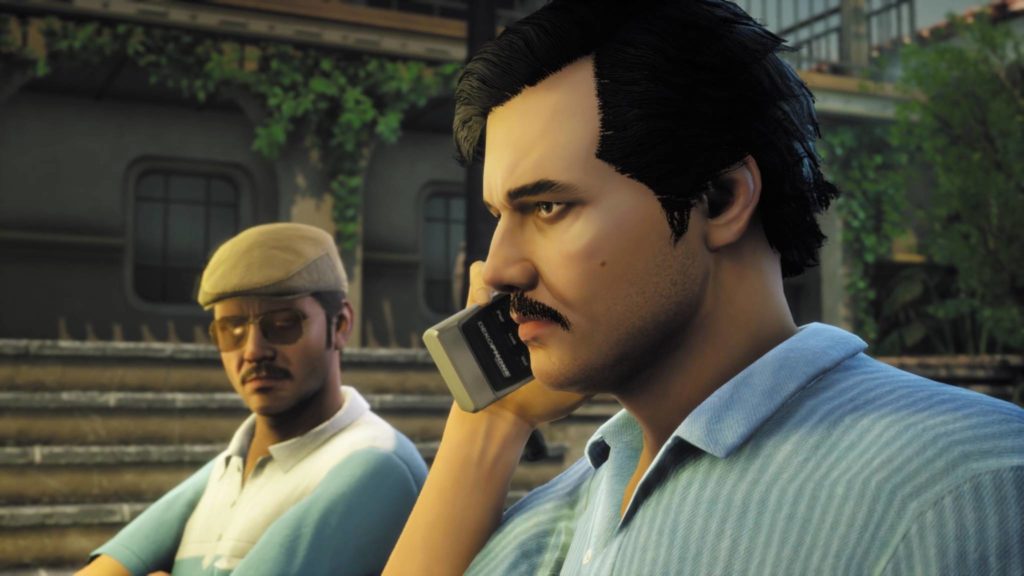
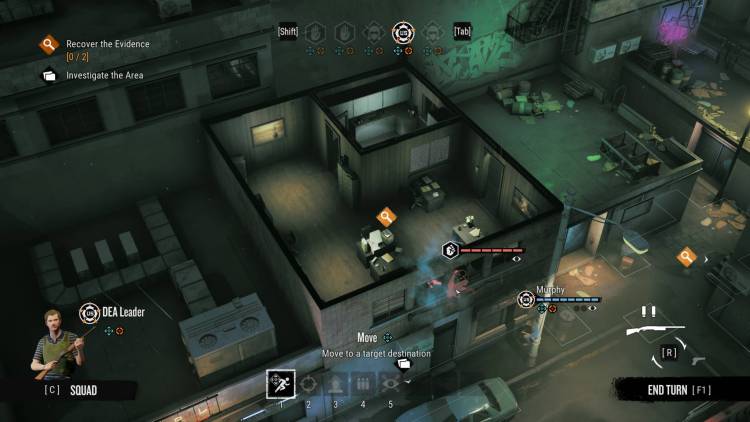
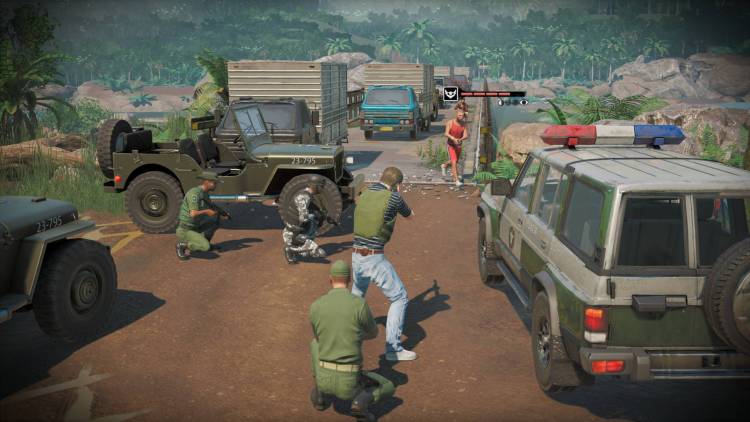
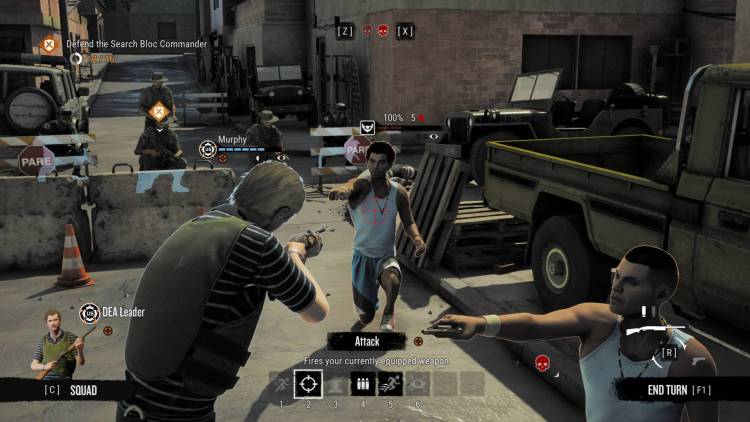
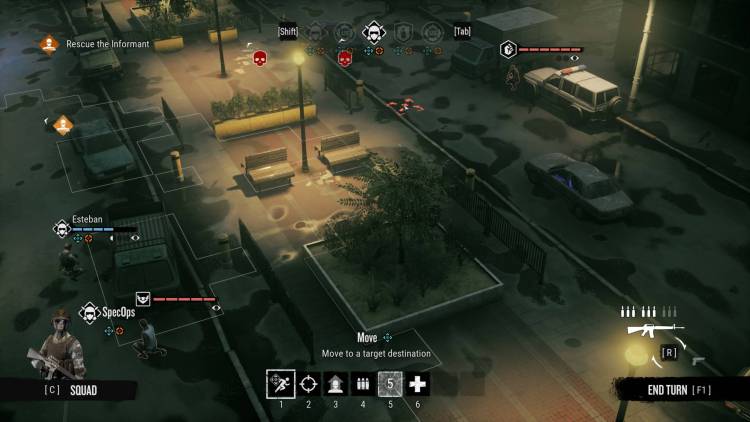
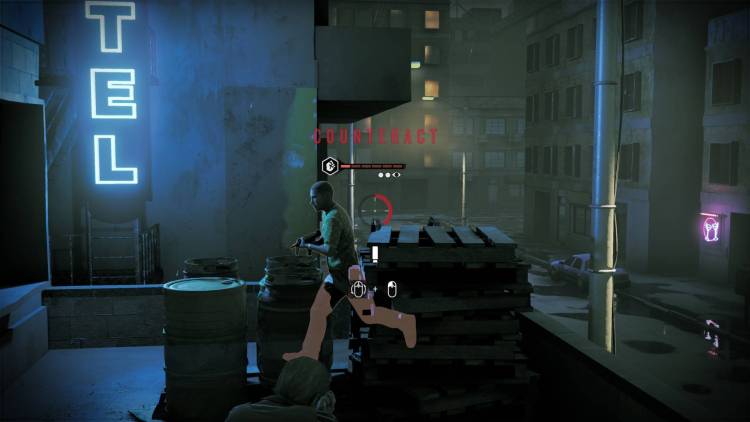
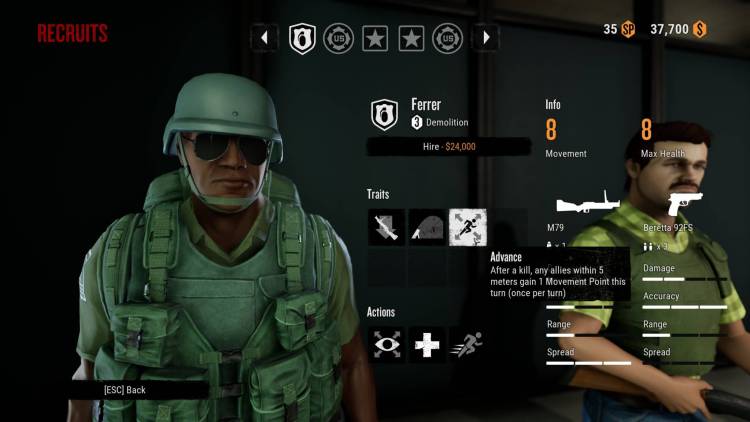
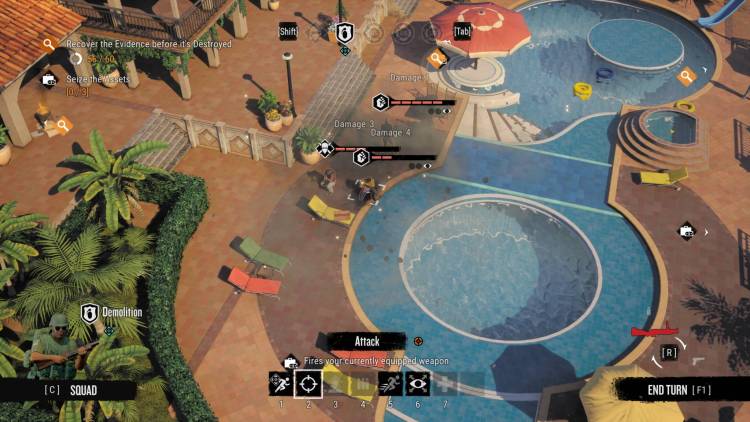
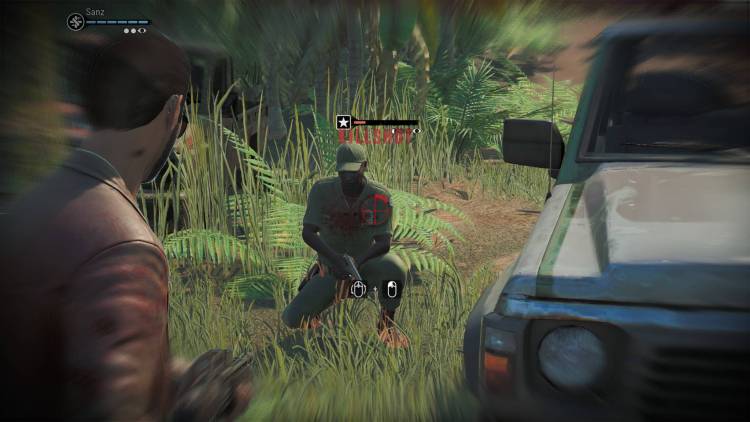
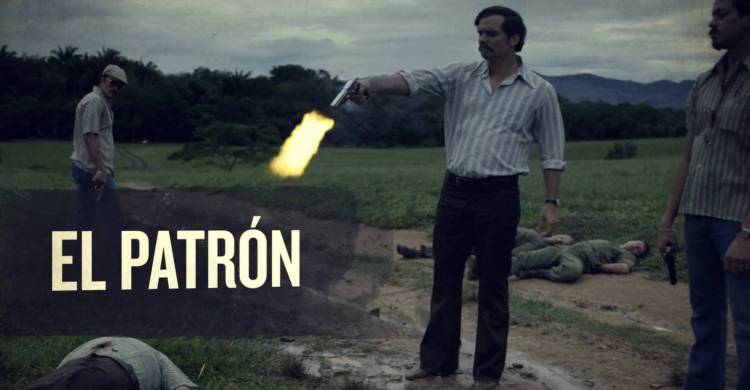





Published: Nov 19, 2019 5:00 PM UTC